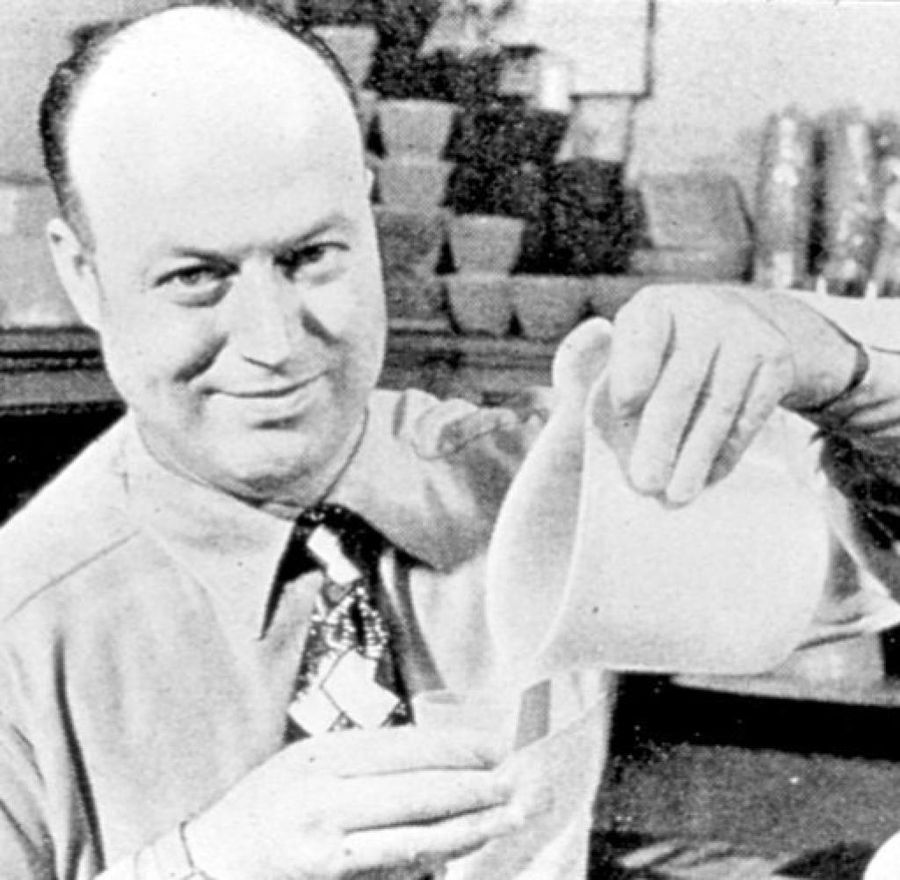No more parties? - Who's behind the cult brand Tupperware?
Early days of Tupperware
Tupperware was founded in 1946 by Earl Tupper. Tupper was an inventor who had developed a new type of plastic that was durable and could be molded into various shapes. He used this plastic to create a line of containers that were airtight and kept food fresh for longer. However, Tupper struggled to sell his product in stores, as customers did not understand how to use it.
Maybe you are also interested in who is behind the Netflix company? Click here for the blog: Who is Behind Netflix?
The Tupperware party phenomenon
To solve the problem of low sales, Tupper turned to a saleswoman named Brownie Wise. Wise had the idea of hosting Tupperware parties, where women could see the products demonstrated and learn how to use them. The parties were a huge success, and Tupperware sales skyrocketed. Wise became the face of Tupperware and was eventually made Vice President of the company.

The rise of Tupperware
In the 1950s and 60s, Tupperware became a cultural phenomenon. The company's sales reached over $100 million, and Tupperware parties were held all over the country. The brand became associated with the image of the happy housewife, and Tupperware was seen as an essential item for any modern kitchen. In addition to selling containers, Tupperware also began to sell other kitchen items, such as measuring cups and spoons.
The downfall of Tupperware
In the 1970s, Tupperware's popularity began to decline. The company was slow to adapt to changing trends in the marketplace, and competitors began to offer similar products at lower prices. In 1973, Tupper sold the company to the household products conglomerate Dart Industries, and the Tupperware brand became a subsidiary of Dart. During this time, the company began to focus more on selling Tupperware through retail stores rather than the Tupperware party concept.

The resurgence of Tupperware
In the 1990s, Tupperware underwent a resurgence. The company went back to its roots and began to focus more on the Tupperware party concept. They also expanded their product line to include more environmentally friendly options, such as containers made from natural materials. Tupperware also began to expand globally, opening up new markets in Asia and Latin America.
The modern era of Tupperware
Today, Tupperware is owned by the multinational corporation Newell Brands and has a presence in over 100 countries worldwide. The company continues to innovate with new products, such as their line of microwave-safe containers and their reusable straws. The Tupperware party concept also lives on, with independent consultants selling Tupperware products to customers in their homes. Tupperware continues to be associated with durability and quality, and the brand is a household name around the world.
Why are there no more Tupperware parties?
While Tupperware parties were a popular way for people to purchase Tupperware products in the past, they are not as common today. There are several reasons why Tupperware parties have become less popular in recent years.
Online Shopping:
One reason for the decline in Tupperware parties is the rise of online shopping. With the growth of e-commerce platforms and online marketplaces, consumers can now easily purchase Tupperware products online, without the need for a party. This has made it easier for consumers to purchase Tupperware products on their own terms, without having to attend a party.
Changing Social Dynamics:
Another reason for the decline in Tupperware parties is the changing social dynamics of society. In the past, Tupperware parties were often seen as a social event, where friends and family would gather to socialize and shop. However, as people's schedules have become busier and social norms have changed, these types of gatherings have become less common.
Shift in Marketing Strategies:
Tupperware has also shifted its marketing strategies in recent years, focusing more on online sales and other marketing channels. This has led to a decline in the number of Tupperware parties being hosted.
However, it is worth noting that Tupperware parties still exist today, and some people continue to enjoy the social aspect of these gatherings. In addition, Tupperware has been working to adapt its marketing strategies to meet the changing needs of consumers. For example, the company has been investing in online sales and social media marketing, and has been working to create a more personalized shopping experience for customers.
In conclusion, while Tupperware parties were once a popular way for people to purchase Tupperware products, they have become less common in recent years due to the rise of online shopping, changing social dynamics, and a shift in marketing strategies. However, Tupperware remains a well-known brand with a loyal customer base, and the company is working to adapt to the changing market to ensure that it continues to thrive in the years to come.
Are you interested in starting an Online Business? Here is a little guide: 10 Steps How to Start an Online Store
You want to get more information about Business Models and more? Subscribe for Premium and get access to 200+ analysis!